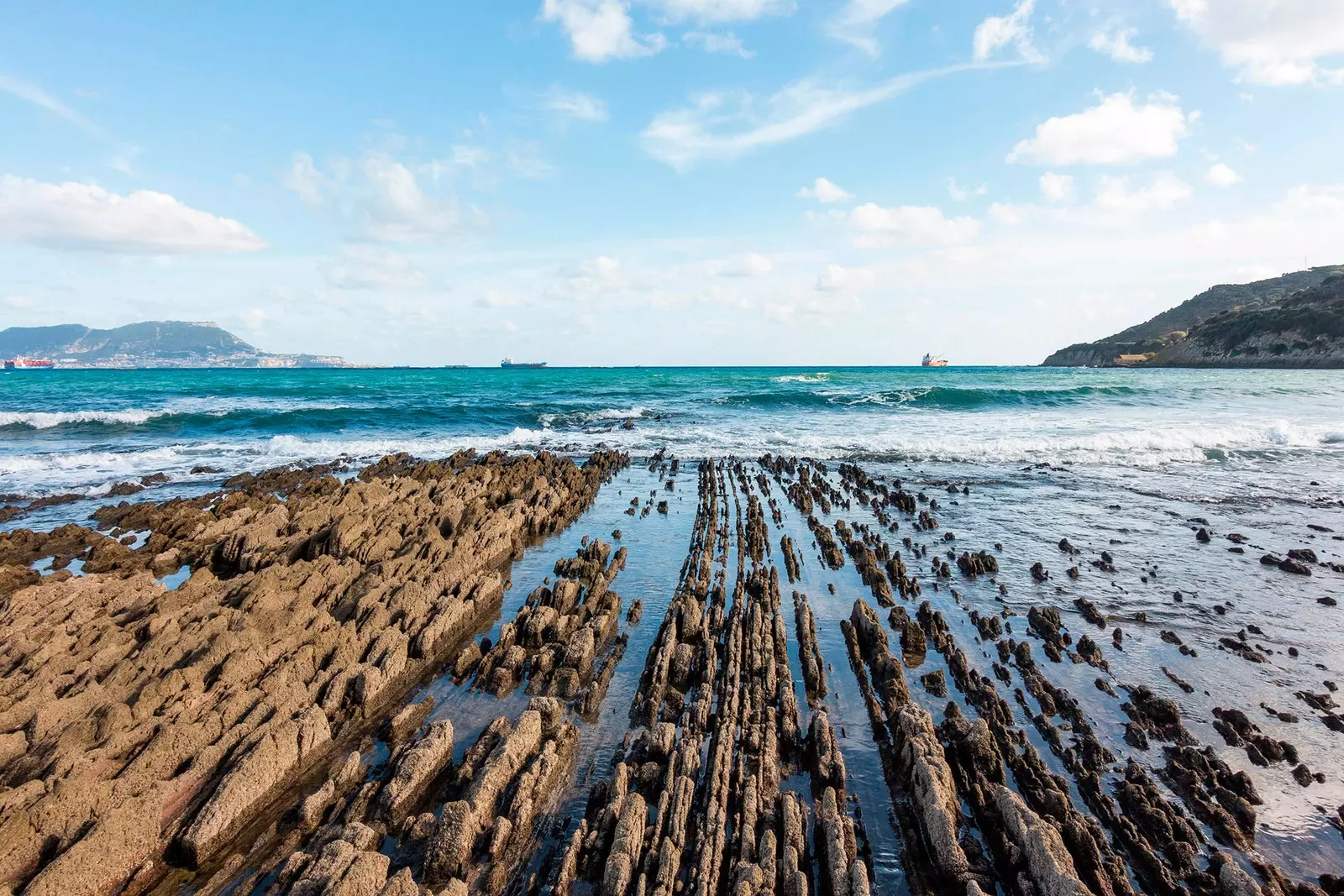
The unknown geological paradise of the south
Bathed by the waters of the Mediterranean Sea and the Atlantic Ocean, and sheltered by two continents, Europe and Africa, we offer you a getaway that fully immerses us in one of the most unique cities in Campo de Gibraltar . And we are going to be clear: little is said —and written— about Algeciras, this destination that not only has an interesting history, an incredible location and an attractive heritage, but also boasts of enjoying a coastal landscape that surprises. Of those that really surprise.
Because it is not necessary to travel to the north —although many do not know it— to run into a coast starring the flysch, that exceptional geological phenomenon created millions of years ago from the whims of a land that decided to twist and play with the laws of physics in its own way.
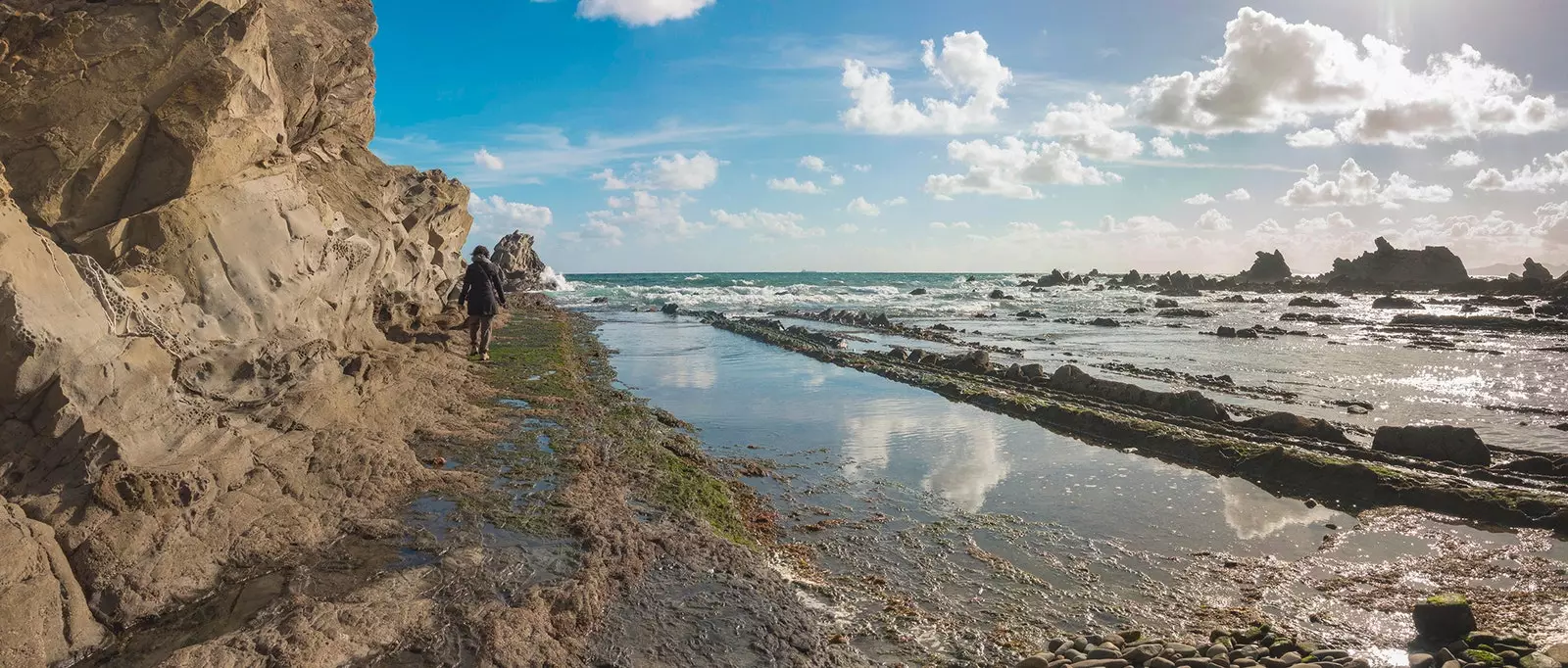
Tour one of the most extraordinary and unique landscapes of the province of Cádiz
It turns out that here, in the south, we also have them, and besides they dominate the landscape of the Cadiz coast from Getares beach in Algeciras to neighboring Tarifa. What better excuse to launch an expedition to the south than to discover them?
**WHERE THE EARTH REBELLED**
Ok, so let's start with the basics: what is flysch? The word probably sounds distant to you, as well as the German language, and hey, you're absolutely right: its origin is nothing less than alpine and means "land that slides".
Is about a succession of strata formed by harder rocks and softer clays that over millions of years have been sedimenting at the bottom of the sea —the heaviest at the bottom, the lightest at the top—in a process known as turbidity currents.
The tectonic movements of the intercontinental plates —especially those of the Alborán microplate, located in this area—caused all those sequences of marine rocks to rise and, as a result, acquire the position in which today, when the tide is low, we can see them: instead of horizontally, they look vertically.
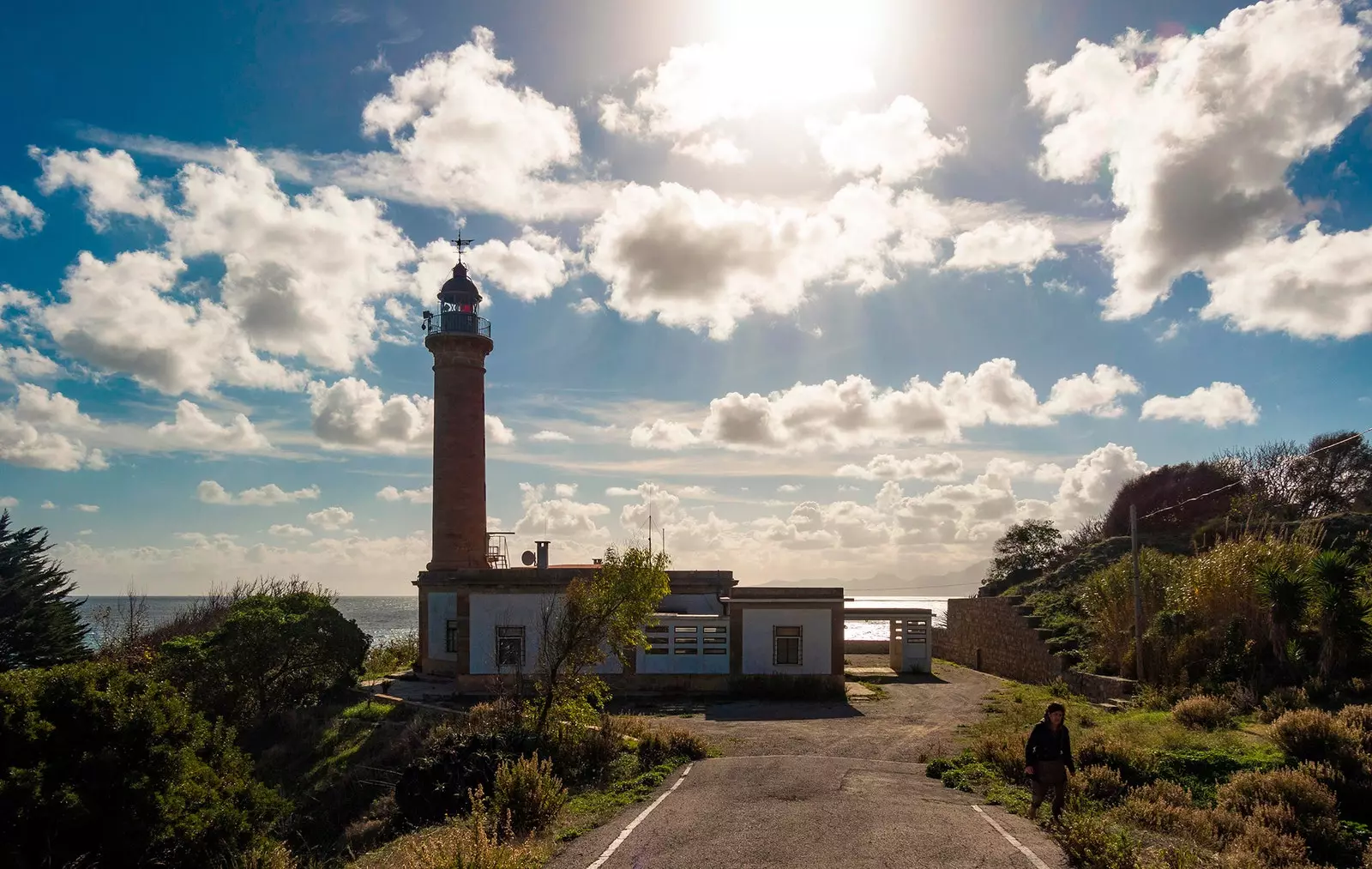
Punta Carnero Lighthouse
One way to approach them is through an attractive 2.5 kilometer hiking trail that unites, along the coast of Algeciras, the cape of Punta Carnero with the beach of Getares. Of course, before getting down to work it is very important to bear in mind that It can only be done when the tide is low.
Comfortable shoes, a good bottle of water, a lot of desire and some skill when walking on rocks are the only tools necessary to launch into the adventure: the real pleasure will be to walk on the virgin landscape of the flysch and go through the history of the Earth, that will emerge before us like an open book.
Starting at the Punta Carnero cape is always a good option —among other things, because finishing in Getares will more than compensate—. From him they start contemplate fossil remains stamped in the rocks —fish, arthropods and worms— that recount events that occurred millions of years ago.
We advance and look at the dozens of nooks and cavities that can be seen among the rocks and that, curiously, serve as the perfect place to the life of shrimp, crabs or limpets. Living beings that in turn serve as food for all that great diversity of marine avifauna and migratory birds who, on their journeys between Africa and Europe, find here their particular paradise in which to give themselves the well-deserved feast.
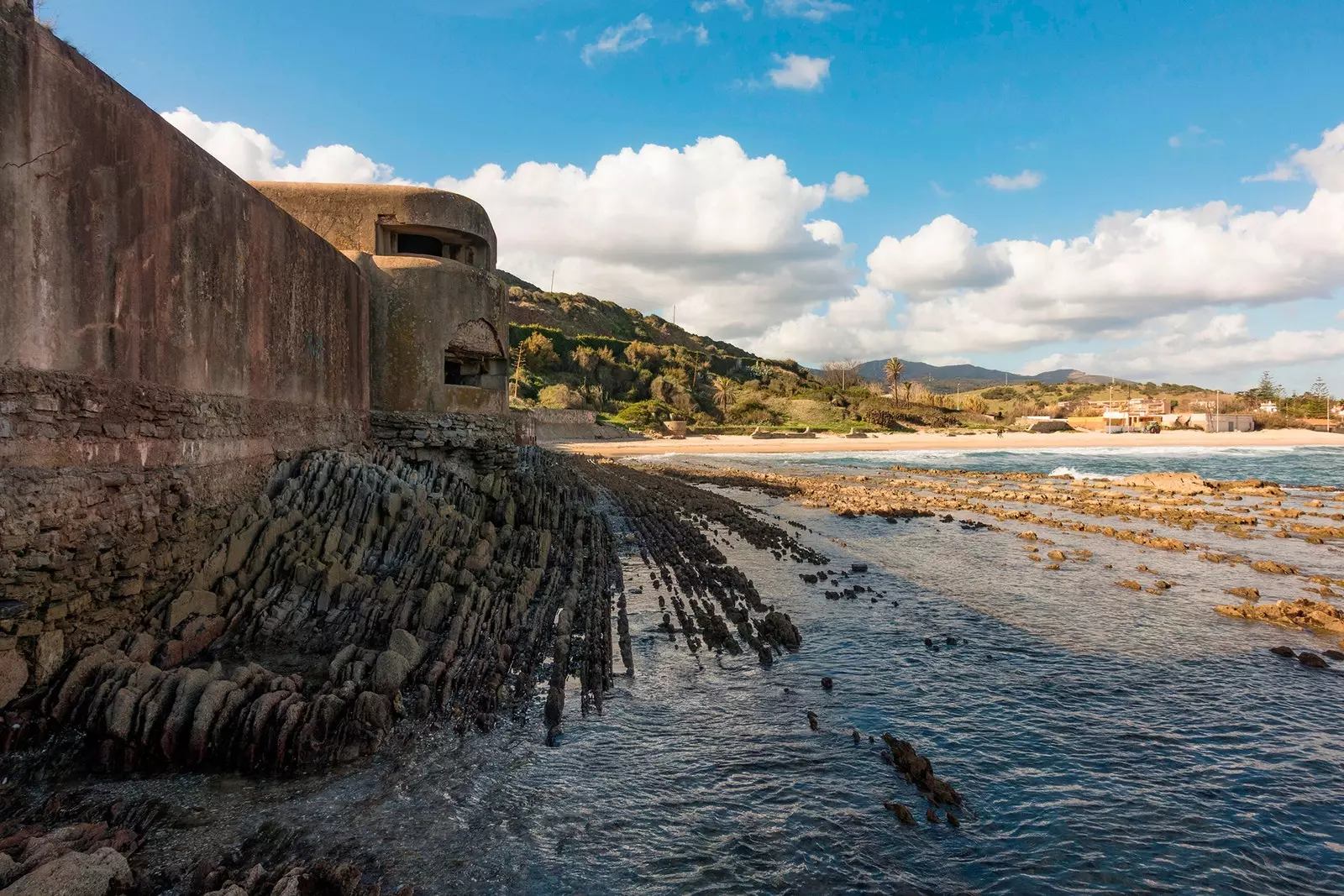
Getares bunker
we ride low the famous Punta Carnero lighthouse, opened in 1874, and we enjoy the rugged coastline of Algeciras accompanied by the sound of the waves and privileged views of Morocco, that watches us from the other side of the Strait —there, so close—. Shortly after, we will have reached the destination.
STOP AND FONDA
Although the route could continue even a little further, where it begins Centennial Park, whose coastline continues to reveal the geological phenomenon in front of the port of Algeciras —and also some that another Civil War bunker hidden in the brush —, we stand when we reach the beach of Getares, It's time to recharge your batteries.
Where in the 1st century BC. C. was found the Roman factory of Getarea, today what we find is a good handful of restaurants, ice cream parlors and pubs, picnic areas and umbrellas of a thousand colors, in addition to a huge number of people from Algeciras —or “specials”, as they are known— and foreigners determined to practice the back and forth on its white sands and take the occasional swim.
As what we prefer rather is to fill the crop, we accommodate ourselves in the terrace of the Cepas restaurant, led by Alberto Taja, Argentine settled for more than a decade in these parts. On the plate, a product of 10 nourished, above all, by the two natural paradises that surround them: the best fish from the Parque Natural del Estrecho and mushrooms of exquisite quality taken from the neighboring Parque Natural de los Alcornocales. The chosen dish? A Tuna tataki wrapped in Iberian bacon accompanied by a spectacular assortment of mushrooms.
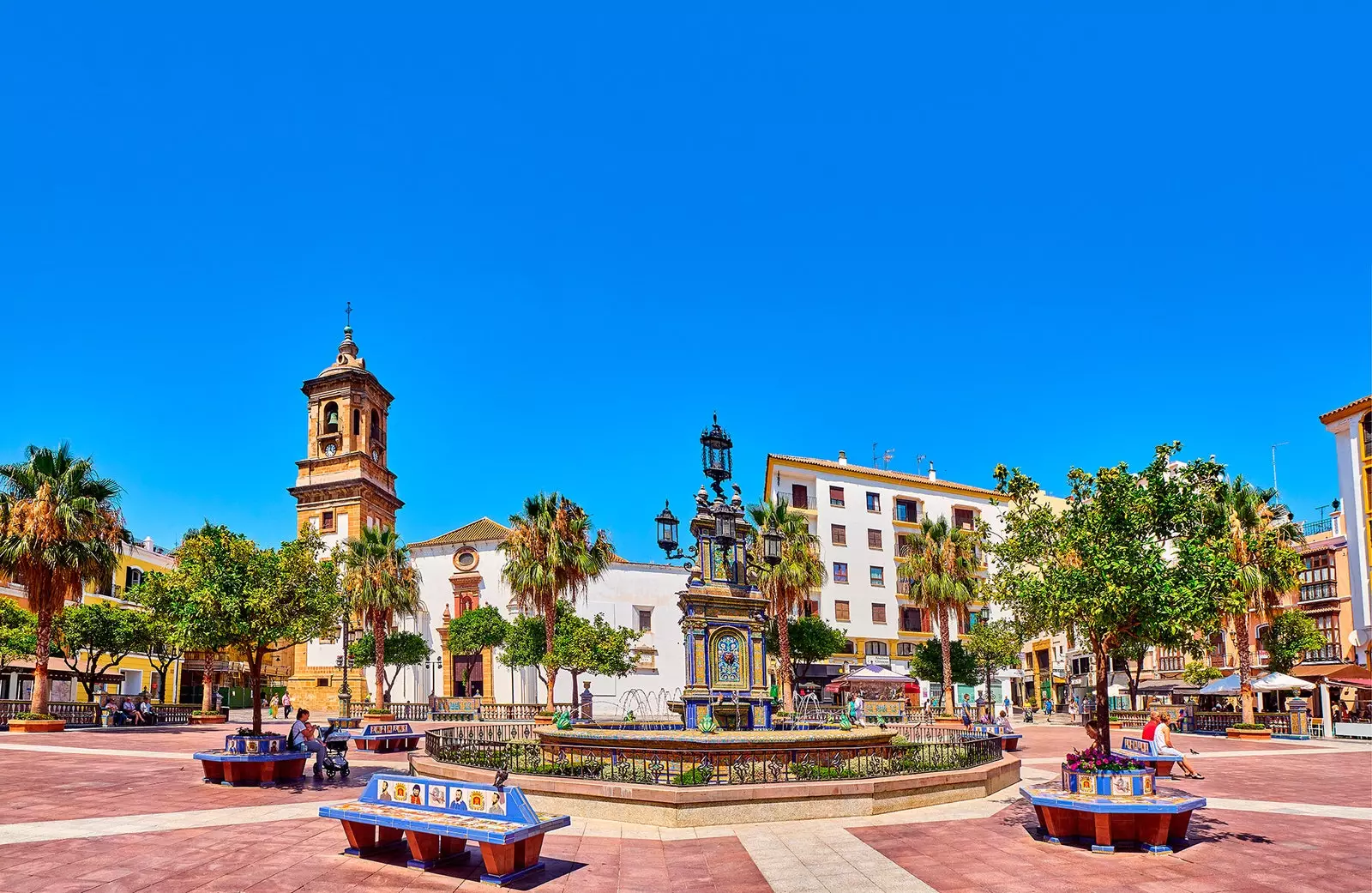
The popular Plaza Alta in Algeciras
A WALK THROUGH THE HISTORICAL CENTER
And since we are in Algeciras, how can we stay only on its coast? So in the heart of the city we planted ourselves, exactly in its popular Plaza Alta, a meeting place for Algeciras since its origins.
Suddenly we realize that the place is somewhat familiar to us… and it is! Is about its tiles, inspired by the Plaza de España in Seville. In fact, its design was commissioned to a tiled house in Triana who got down to work and finished building it in 1930. A curiosity? At the back of each of the benches that surround the square, it was decided to place a shield and a crown on them. When the Republic was declared in 1931, all those crowns were erased, which can still be seen in the drawing today.
in the same square, the two main churches of the city. On the one hand, which is also the oldest standing building in Algeciras, the Chapel of Our Lady of Europe, built by the Dongálevez family in 1690. On the other, the Church of Our Lady of La Palma, built in the 18th century. Designed in an eclectic style, its façade also has a peculiarity: the stones with which it is built were recovered from the old medieval wall of Algeciras and preserve, despite the centuries, the personal brand that the primitive stonemasons carved in them in order to receive their corresponding salary.
A very different Algeciras appears before us just a 5-minute walk away: in the neighborhood of San Isidro the city takes on the appearance of a small town in the mountains of Cadiz, Although historically it was a military quarter which, being in the highest area of the city, served as a key point for the Getares gunsmith unit, a local militia created for the surveillance of the coasts and to defend the citizens from possible pirate attacks.
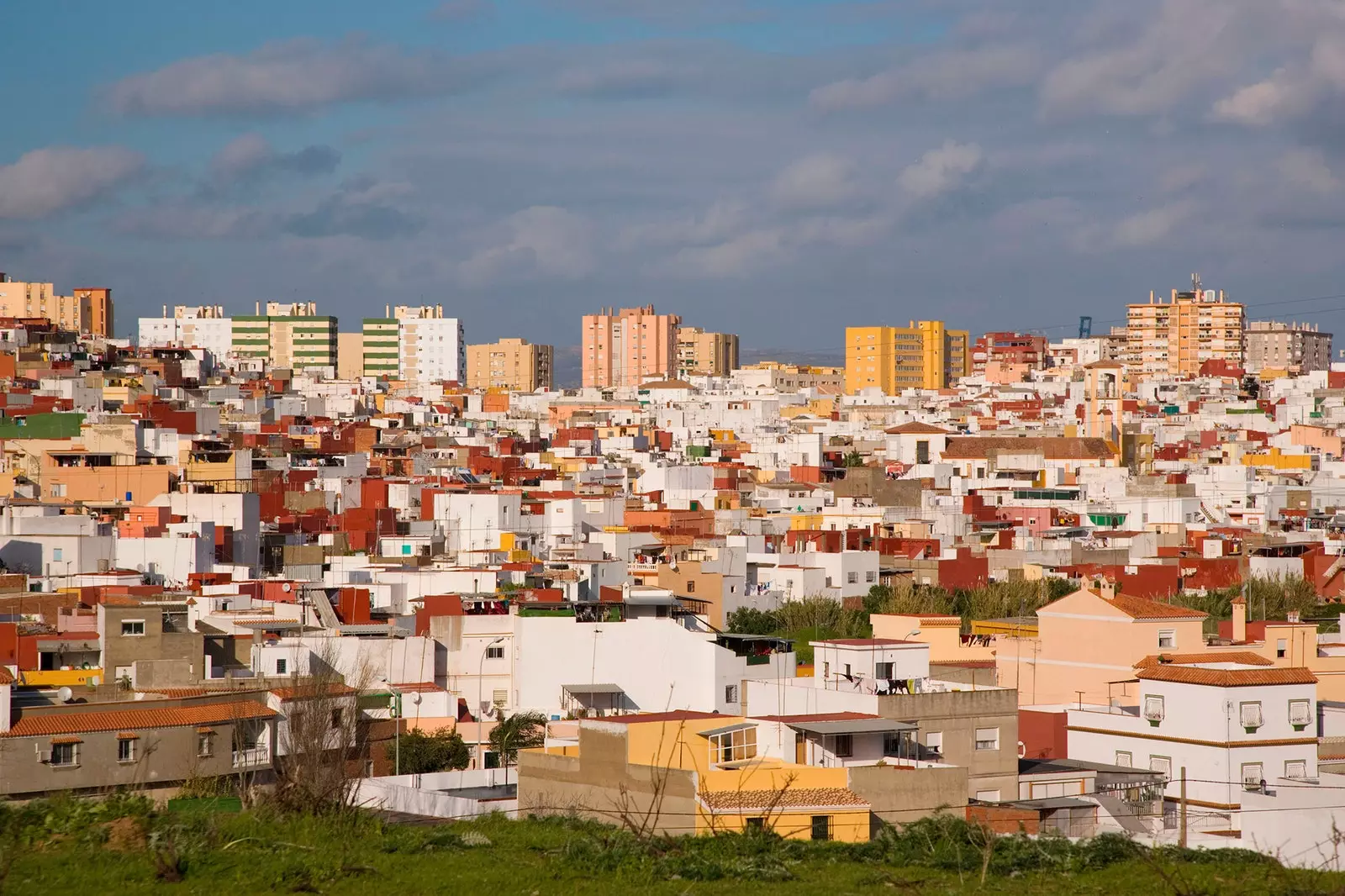
A walk through Algeciras?
Here we will have to lose ourselves by its slopes and cobbled alleys, contemplate its walls full of flowers and soak up the traditional atmosphere that can be breathed in any of its squares. in the of San Isidro, where is the chapel of the same name, a couple of terraces They will give us the perfect opportunity to stop and have a cool drink in the sun.
SLEEP BETWEEN SPIES AND GENERALS
Algeciras does not have large hotels to its credit, but it does have a diverse offer of accommodation in the form of rural houses and tourist apartments. One of the most striking is in the district of Pelayo, 15 minutes from downtown. There, immersed in a laurel forest, is big orchard, a rural complex with more than 7 hectares that has wooden cabins, a hostel and three houses, one of them with a very interesting history.
And it turns out that this peculiar enclave played a key role during World War II when an entire espionage and counterintelligence infrastructure was created in the region that made the place famous. One of the houses in Huerta Grande, which had been built in 1927 by a Norwegian businessman who owned the old whaling station in Algeciras, It served as a hiding place for Italian spies. Could there be a more iconic place to spend the night than this?
But if we add to the peculiarity of its history the unique enclave in which it is located, sheltered once again by the two natural parks in the area —El Estrecho and Los Alcornocales—, turn off and let's go. Because as a gift, in addition, we have the extensive catalog of activities in nature offered in the complex, where they are ornithology specialists. A wonderful way to end the trip? Discovering the species that, because it is a strategic point, can be observed here. In this most special corner of the south.
